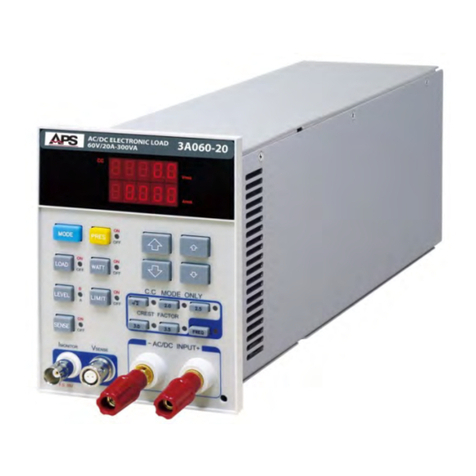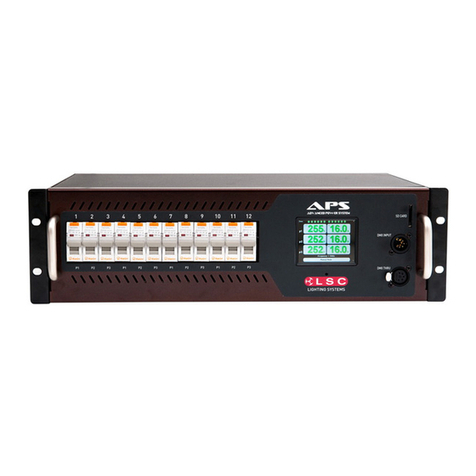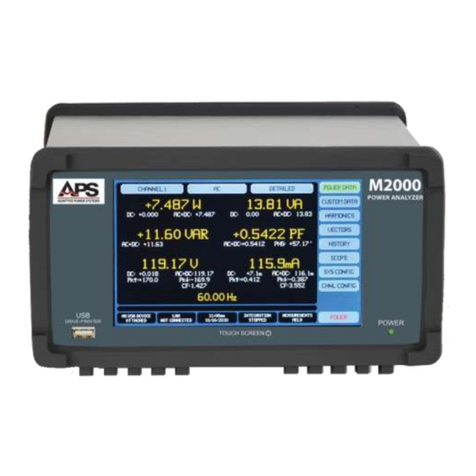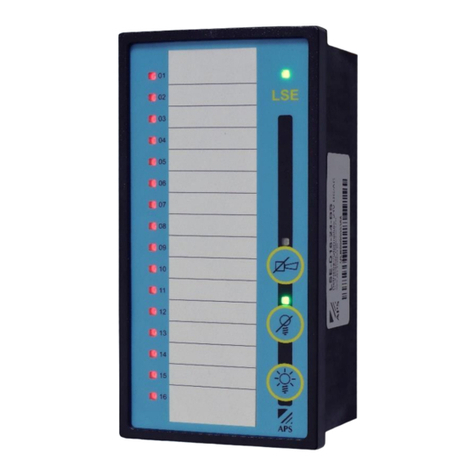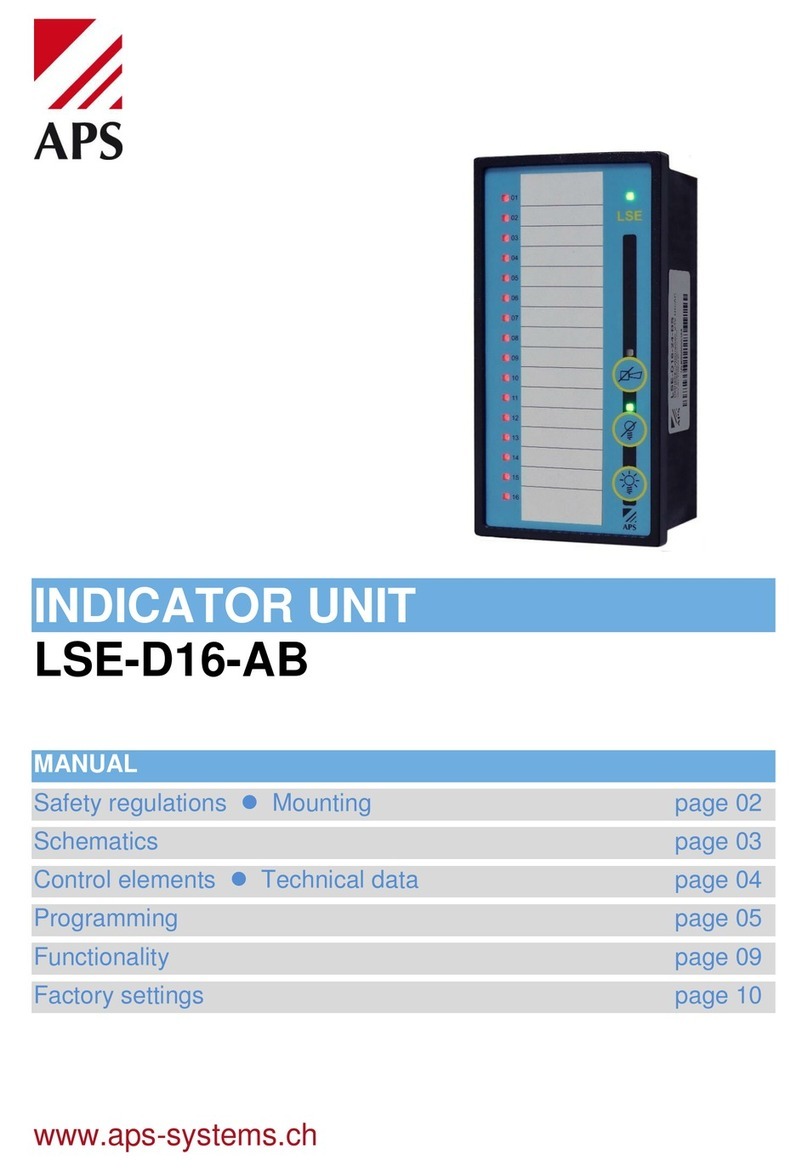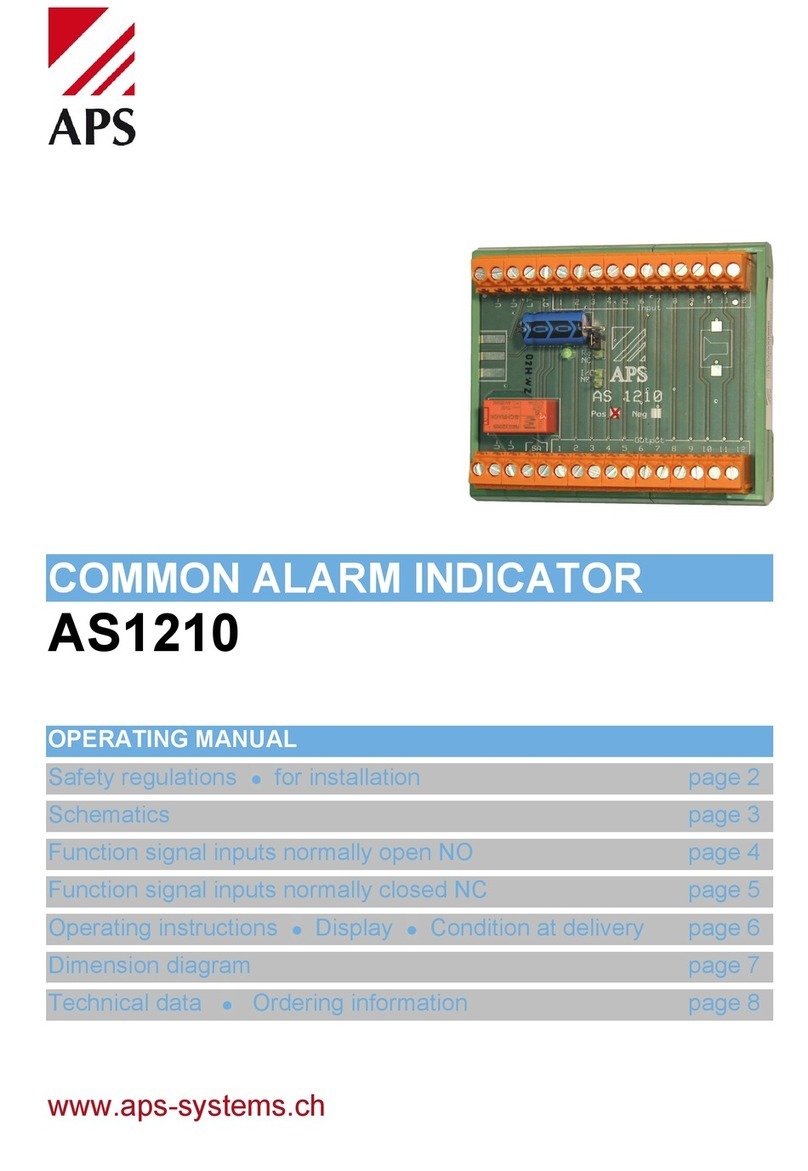2
Safety regulations
Before the installation of the LSE-D16 Indicator unit read these instructions
carefully and completely. Improper handling can result in severe personal
injury, substantial property damage or even death.
Cleaning
Before cleaning first disconnect the equipment from the mains. Do not use any
liquid cleaner or corrosive agent but solely a dampened cloth.
Installation
Installation work must be carried out by certified technical staff only. Follow the
instructions in this handbook. Observe the locally applicable regulations for the
safe and riskless handling of electrical installations
Supplementary power
Power supplies for the LSE-D16 Indicator unit must comply with the
stipulations for safety extra-low voltage (SELV) given in IEC 346-4-41. We
recommend our power supplies of the EcoPower Series as they fulfil these
stipulations completely
Please note:
If the unit is supplied with AC the system outputs LT/LQ/HQ are disabled.
Switching on the system
The LSE-D16 Indicator unit has no master switch. The system is alive as soon
as the power supply has been switched on.
A switch must be provided in the building installation as a cut-off device. The
switch must be labelled appropriately, must be in the vicinity of the equipment
and must be easily accessible to the user.
Mounting
Firstly, the front cut-out of 138 x 68 mm must be made. Then slide the LSE-
D16 Indicator unit trough the cut-out and fix the mounting clips. Finally, tighten
the screws of the mounting clips.
All electrical connections are effected by the plug-in screw terminals












